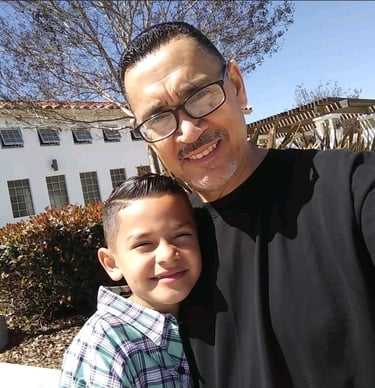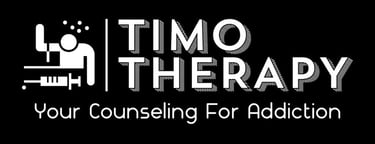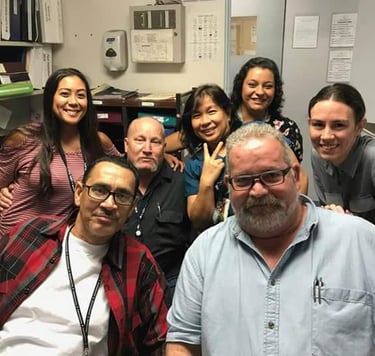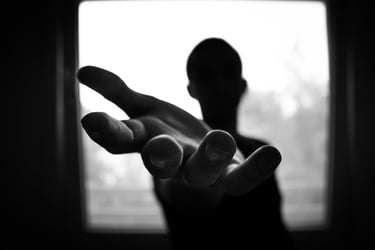Relapse Discussed Part 1 - "Why Do So Many Relapse Right After Treatment?”
The first 72 hours after treatment are the most dangerous for relapse. Why do so many fall back into addiction immediately after rehab? Explore the emotional, psychological, and environmental triggers behind the relapse right after treatment - and how to stop it before it starts.
RELAPSE & RELAPSE PREVENTION


The Critical Window: First 72 Hours
Let’s get real—finishing treatment isn’t the finish line. In fact, for many addicts and alcoholics, it’s the start of the most dangerous part of recovery. You step out of that safe, structured rehab facility and the world slams you right in the face. Welcome back to the chaos. And for far too many, that first step out is the first step back into relapse.
According to the National Institute on Drug Abuse (NIDA), between 40% and 60% of people relapse after treatment. But a huge percentage of those relapses happen within the first 72 hours after discharge. That’s not a coincidence—that’s a crisis.
Why is this window so critical? Because you're vulnerable. Raw. You’ve been detoxed, deconstructed, and maybe even spiritually awakened—but you're also emotionally exposed and unprepared for the noise of the outside world.
No more curfews. No drug tests. No group therapy every morning. No staff reminding you what you're fighting for. Now, it’s just you.
And your phone.
And your old contacts.
And the streets you used to roam.
And that one toxic relationship you swore off but can’t stop thinking about.
Emotional Whiplash
Let’s talk about the crash that happens after you leave treatment. In rehab, you’ve been surrounded by support, schedules, and hope. You’ve made friends, had breakthroughs, maybe even found God. But the moment you walk out that door, all of it can feel like it disappears in a fog of fear, loneliness, and overstimulation.
You’re expected to "do life" again. Pay bills. Get a job. Face your family. Handle shame. It’s too much, too fast.
And that overwhelming pressure? It sends many straight back to what they know will numb the pain: the drink, the pill, the pipe, the needle.
The “I Deserve It” Lie
Another brutal truth? Some people relapse right after treatment because they feel entitled to one more hit.
"I’ve been clean for 30 days—I’ve earned it."
"I’ve done the work. I just need a break."
"I’ll just do it once more. I know how to stop now."
Sound familiar? These are lies addiction tells you right before it drags you back into hell. And if you don’t have someone—or something—standing between you and that decision, you’re in trouble.
The Lack of a Transition Plan
Many treatment centers give patients a graduation certificate but no concrete exit strategy. No plan for sober housing. No 12-step sponsor lined up. No family meeting. No job placement. No therapy appointments.
If you leave treatment without a plan, you’re walking into a gunfight with a blindfold on.
Environmental Triggers and Toxic People
Let’s not pretend environment doesn’t matter. If you go right back to the same neighborhood, the same crowd, the same corner, or the same bedroom where you used, your brain is already relapsing before your body ever does.
Your environment holds muscle memory. It smells like your addiction. It whispers your name at 2 a.m. It knows how to make you cave.
The Dangerous Freedom of Early Recovery
One of the most toxic myths in early recovery is the idea that freedom equals strength. The truth? Structure is safety. Freedom too soon is a setup for failure.
That’s why sober living environments are vital. That’s why outpatient programs matter. That’s why daily accountability—phone calls, check-ins, commitments—keep people alive.
Freedom feels good until you crash under it.
What Needs to Change?
So how do we stop this revolving door of treatment-to-relapse?
Create a Transition Plan Before Discharge
Treatment centers must prioritize aftercare: sober living, outpatient services, ongoing therapy, and 12-step engagement. It’s not an afterthought—it’s the lifeline.Include Family in the Discharge Process
Family should be involved in creating boundaries, structure, and support. Without education, they unknowingly become enablers—or trigger points.Offer Immediate Peer Support
Get a sponsor. Join a recovery group. Have a “safe person” ready to check in within hours of discharge.Build a Safe Environment
If home isn’t safe, don’t go home. Sober living houses, transitional housing, or trusted recovery homes should be encouraged.Normalize Fear and Post-Treatment Depression
Don’t sugarcoat the emotional crash that happens post-rehab. Talk about it. Plan for it. Expect it. That way, it doesn’t blindside you.
Final Thoughts: Don’t Walk Out Alone
Addiction is cunning, baffling, and patient. It waits for that vulnerable moment—especially right after you leave treatment.
Walking out of rehab without a plan is like leaving the hospital after heart surgery and lighting a cigarette. You may feel better. You may even feel strong. But you're not ready yet.
And that’s okay. Ask for help. Get connected. Stay accountable.
Because sobriety doesn’t begin when you walk out of treatment—it begins when you decide not to walk back into hell.
